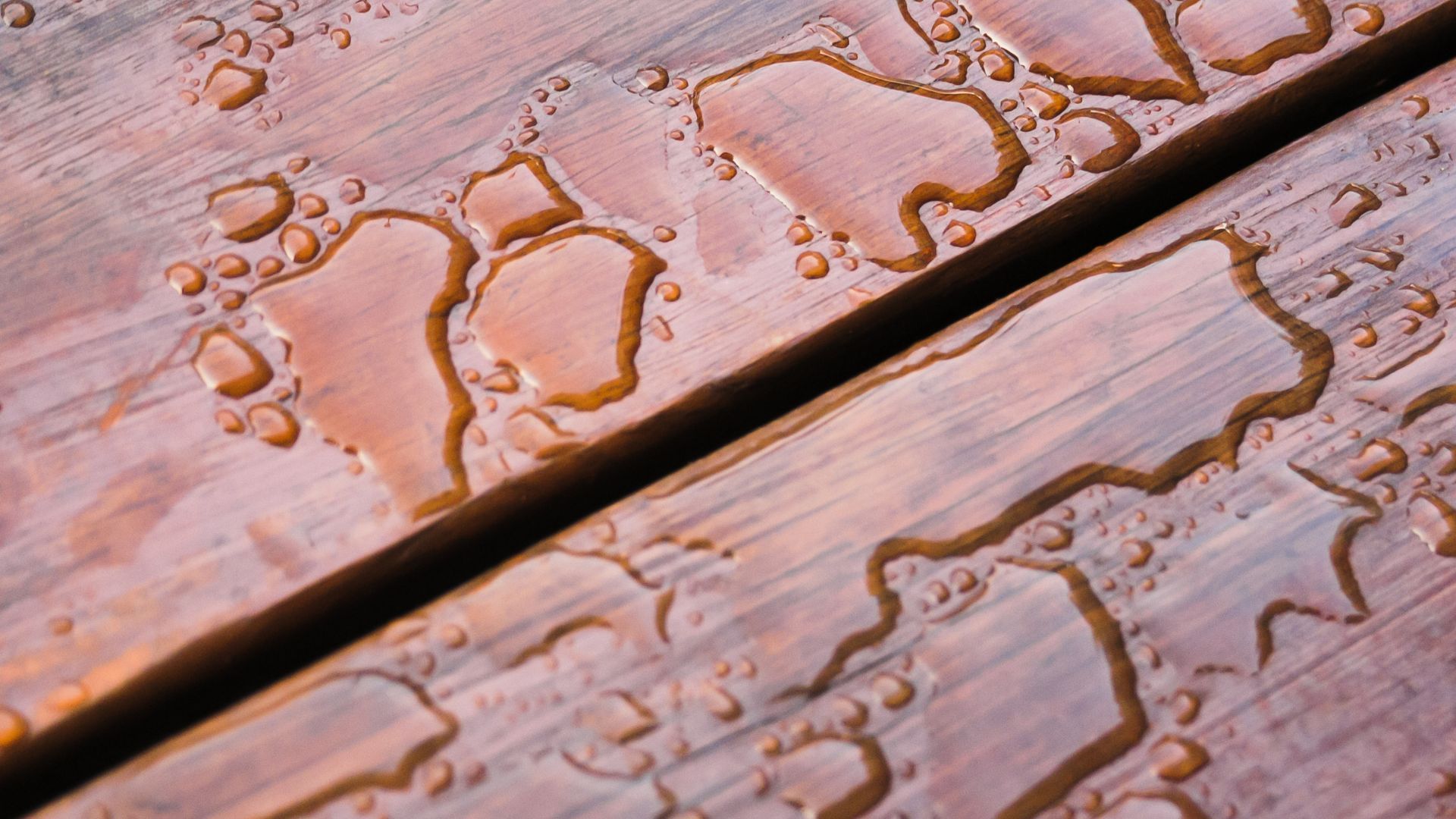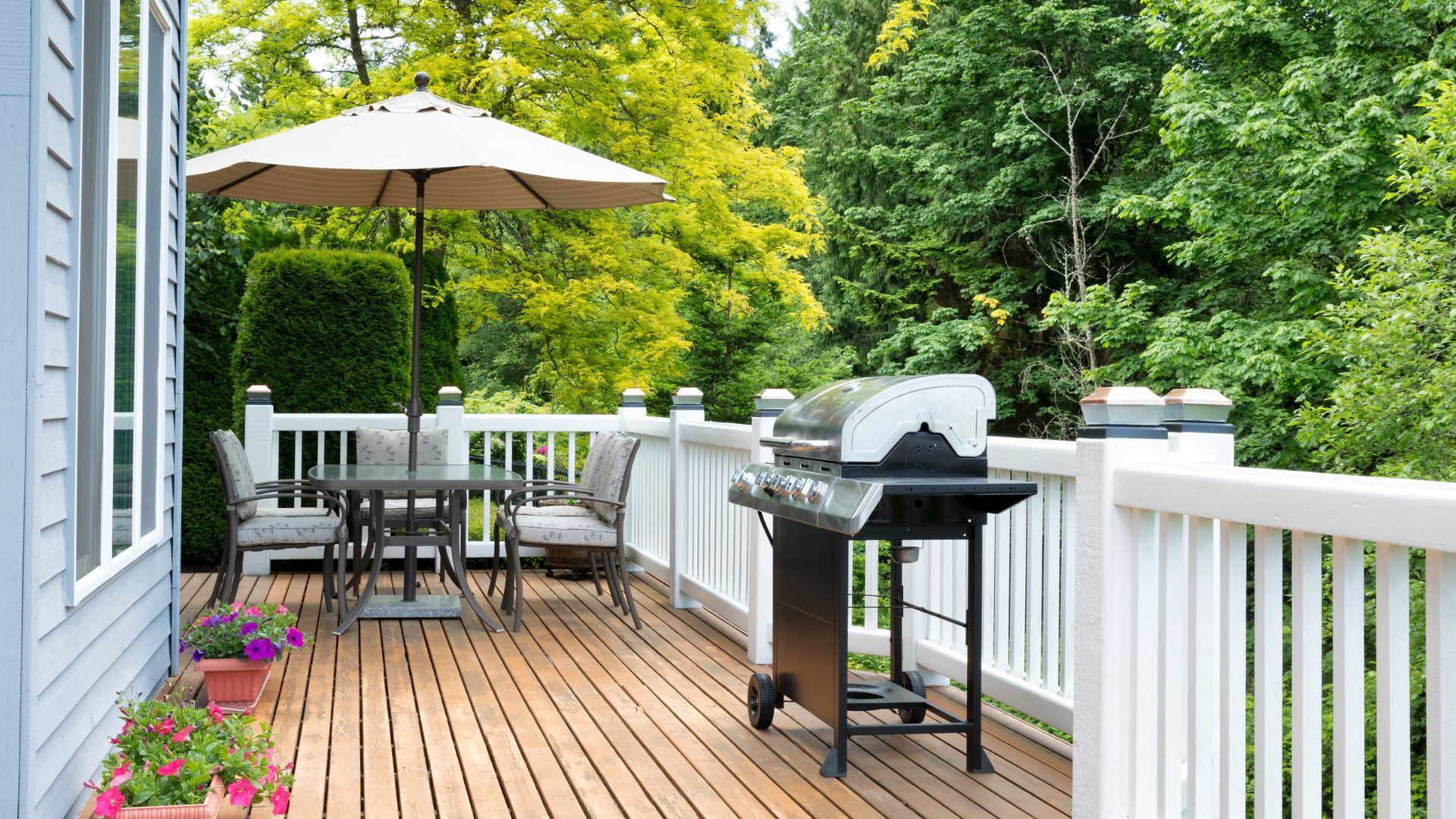How to Extend the Life of Your St. Paul Deck with Proper Sealing
In the variable climate of St. Paul, MN, protecting your deck from moisture, temperature swings, and harsh weather conditions is crucial. At Capital City Deck Pros, we understand that your deck is a significant investment. Proper sealing is one of the most effective ways to extend its life and maintain its beauty. Here’s how you can protect and prolong the life of your St. Paul deck through effective sealing techniques.

Understanding Deck Sealing
Importance of Deck Sealing
Sealing your deck helps protect the wood from the damaging effects of moisture, such as rot, warping, and mold. It also provides a barrier against the sun’s UV rays, which can cause wood to gray and weaken over time.
Choosing the Right Sealant
There are various types of sealants available, each designed to meet specific needs:
- Clear Sealers let the natural wood grain show through but may need to be reapplied more frequently.
- Tinted Sealers provide a hint of color and additional UV protection.
- Solid Stains offer the most protection and color, but they mask the natural wood appearance.
Best Practices for Deck Sealing in St. Paul
Step 1: Choose the Right Time
The best time to seal your deck is during dry weather with moderate temperatures, typically in late spring or early fall. This ensures the sealant adheres properly and dries evenly.
Step 2: Prepare the Deck
Proper preparation is key to effective sealing:
- Cleaning: Start by thoroughly cleaning your deck. Remove all dirt, debris, and old paint or stain with a deck cleaner.
- Repairs: Check for any damaged boards or unstable areas and repair them before sealing.
- Sanding: Sand the surface to remove any splinters and create a smooth base for the sealant.
Step 3: Apply the Sealant
- Application Tools: Use a brush, roller, or sprayer to apply the sealant. Brushes work best for getting into crevices and between boards.
- Even Coats: Apply a thin, even coat of sealant. Work in sections and maintain a wet edge to avoid lap marks.
- Drying Time: Allow the sealant to dry completely, according to the manufacturer's instructions, before using the deck.
Maintenance Tips
Regular Cleaning
Keep your deck clean from leaves, dirt, and debris. This prevents moisture traps that can lead to wood rot.
Biennial Inspection
Inspect your deck every other year to assess the condition of the sealant. Look for signs of wear like fading, peeling, or cracking, which indicate it’s time for a new coat.
Immediate Repairs
Address any damage or wear immediately to prevent further deterioration. This includes tightening loose boards and replacing damaged ones.
Conclusion: Invest in Longevity
A well-maintained deck not only enhances the beauty of your home but also adds to its value. By sealing your deck properly and performing regular maintenance, you can enjoy your outdoor space for many years to come.
Call to Action
Not sure how to start sealing your deck or need professional help? Contact Capital City Deck Pros today for expert deck sealing services in St. Paul!
FAQs
How often should I seal my deck in St. Paul?
It’s recommended to seal your deck every 2-3 years, but this can vary based on exposure to elements and the type of sealant used.
Can I seal my deck myself?
Yes, with the right tools and preparation, you can seal your deck yourself. However, for the best results, consider professional services.
What is the difference between sealing and staining a deck?
Sealing primarily provides a clear or lightly tinted barrier against moisture and UV rays, while staining adds color and can also include sealing properties.
How long does it take for deck sealant to dry?
Drying times vary by product, but most sealants dry within 24-48 hours under ideal conditions.
What should I do if my sealed deck starts peeling?
Peeling usually indicates a failed seal or old sealant. It’s best to remove the peeling sections, clean the area, and reapply the sealant.




